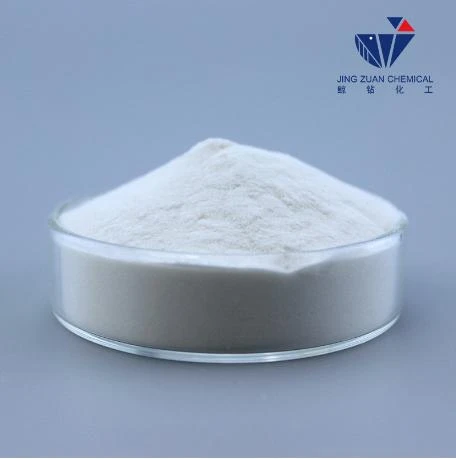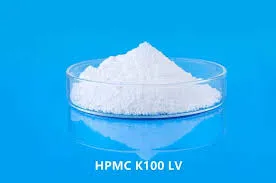
មករា . 17, 2025 04:26 Back to list
HEC


Construction professionals recognize HEC for its role in cement-based mortars and paints. Its water retention capacity enhances workability and hydration, essential for practical construction applications. As a thickening agent, it optimizes paint flow properties, ensuring smooth application and uniform coverage, vital for achieving desired aesthetic and durability. The authority of HEC in construction is underscored by its ability to extend open times and augment the performance of decorative renders, an essential consideration in developing sustainable building solutions. The environmental footprint of hydroxyethyl cellulose also tends to favorably align with sustainable industry practices. Derived from renewable resources, its biodegradability marks a keystone in advancing eco-friendly initiatives across various market segments. Safety assessments endorsed by regulatory bodies further consolidate its credibility, advocating for use in food and pharmaceutical grade applications. It's imperative for industries that incorporate hydroxyethyl cellulose to conduct regular quality checks to ensure product consistency and performance. Engaging with knowledgeable suppliers who adhere to strict manufacturing protocols is crucial in maintaining the integrity of HEC used within any application. These practices reinforce consumer trust and uphold the caliber of products benefiting from this versatile polymer. In a market continually advancing towards specificity and safety, hydroxyethyl cellulose stands resilient as a paragon of dependability, adaptability, and environmental consideration. As innovation paves the way for new applications and improved performance metrics, HEC remains a steadfast component in fulfilling comprehensive industry demands, embodying excellence and fostering trust across its varied spheres of influence.
-
Unlocking the Benefits of HPMC Products: A Gateway to Versatile Applications
NewsAug.07,2025
-
Unleashing the Potential of HPMC Ashland: A Comprehensive Look
NewsAug.07,2025
-
Tile Bonding Cellulose: The Key to Superior Adhesion and Durability
NewsAug.07,2025
-
Hydroxypropyl Methylcellulose Powder: The Versatile Component in Modern Pharmaceuticals
NewsAug.07,2025
-
Hydroxyethyl Cellulose: The Versatile Solution for Various Industries
NewsAug.07,2025
-
Hydroxyethyl Cellulose (HEC): The Versatile Polymer for Various Applications
NewsAug.07,2025







